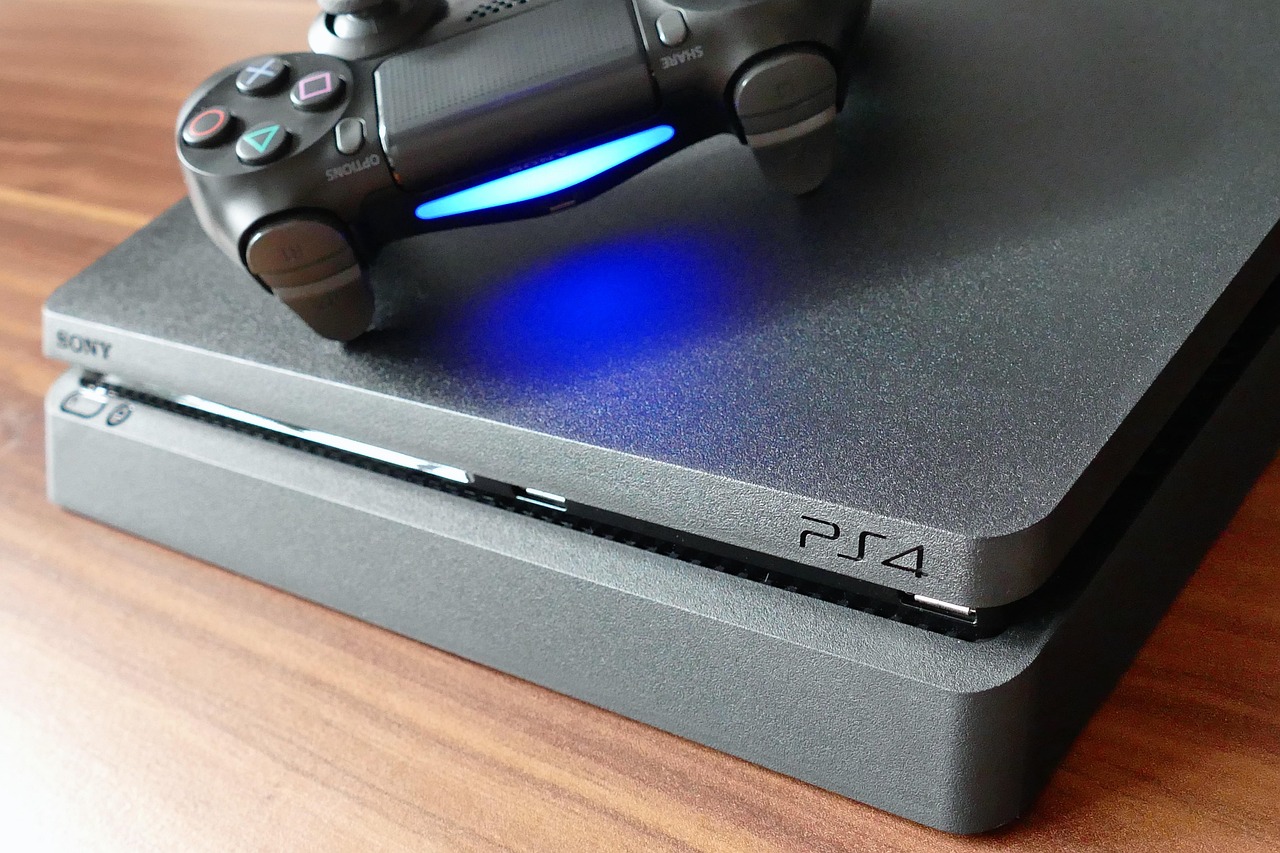Sony and AMD have pulled back the curtain on their ambitious collaboration to shape the future of gaming hardware. In a recently released presentation, PlayStation architect Mark Cerny and AMD’s Jack Huynh detailed Project Amethyst, a groundbreaking initiative that introduces three revolutionary technologies designed to power the next generation of gaming consoles, including the highly anticipated PlayStation 6.
The announcement marks a significant milestone in the ongoing partnership between the two tech giants, revealing innovations that could fundamentally transform how games are developed and rendered across all gaming platforms, not just Sony’s hardware.
The Three Pillars of Next-Gen Gaming
Project Amethyst centers around three core technologies that work in synergy to deliver unprecedented gaming experiences: Neural Arrays, Radiance Core, and Universal Compression. Each technology addresses critical challenges in modern game development and graphics rendering.
Neural Arrays represent Sony and AMD’s approach to machine learning acceleration in gaming hardware, promising to enable a “whole new level of machine learning” capabilities in future PlayStations and AMD graphics cards. This technology aims to leverage artificial intelligence for advanced rendering techniques and performance optimization.
Radiance Core focuses on advanced lighting and ray tracing capabilities, positioning path tracing and AI-driven rendering as the cornerstone of future PlayStation graphics. This addresses one of the most computationally intensive aspects of modern gaming: realistic lighting simulation.
Universal Compression tackles the ever-growing challenge of game file sizes and memory bandwidth. By implementing more efficient compression algorithms at the hardware level, this technology could dramatically improve loading times and overall system performance.
Partnership Built on Simulation
What makes Project Amethyst particularly noteworthy is its development methodology. Both companies have been designing these technologies using complex simulations that allow them to gauge performance without committing to physical hardware prototypes. This approach enables rapid iteration and optimization before any silicon is manufactured.
The technologies are being developed with AMD’s next-generation RDNA 5 architecture in mind, representing a significant leap forward from the current RDNA architecture that powers the PlayStation 5 and PS5 Pro. While Sony will implement these innovations in its future consoles, AMD plans to bring them to gaming platforms across the industry, potentially benefiting PC gamers and other console ecosystems.
Timeline and Expectations
Mark Cerny and Jack Huynh were careful to manage expectations, emphasizing that these technologies are “far from being ready to show off to the world, let alone ready enough to be released in hardware”. The PlayStation 6 is confirmed to be arriving “in a few years,” suggesting a release window sometime in the late 2020s.
However, the companies hinted that some software improvements derived from this research could trickle down to current-generation offerings, potentially benefiting PlayStation 5 and PS5 Pro owners before the next console generation arrives.
Industry Implications
The Project Amethyst announcement arrives at a pivotal moment for the gaming industry. With rumors circulating about potential changes to Microsoft’s Xbox hardware strategy, Sony’s commitment to advancing console technology solidifies its position in the market. The partnership with AMD ensures that PlayStation will continue to leverage cutting-edge graphics technology while AMD extends its reach across multiple gaming platforms.
The synergy between Neural Arrays, Radiance Core, and Universal Compression represents more than incremental improvements—it’s a comprehensive reimagining of the gaming graphics pipeline from the metal up to what players see on their screens. If successful, Project Amethyst could define the technological landscape of gaming for years to come.
Sources
https://www.webpronews.com/sony-and-amd-unveil-project-amethyst-next-gen-gpu-for-ps6/
https://www.youtube.com/watch?v=hByOPpvO8v8
https://www.youtube.com/watch?v=Ey0v__oqfQA
https://www.youtube.com/watch?v=1LCMzw-_dMw
Photo by InspiredImages on Pixabay
